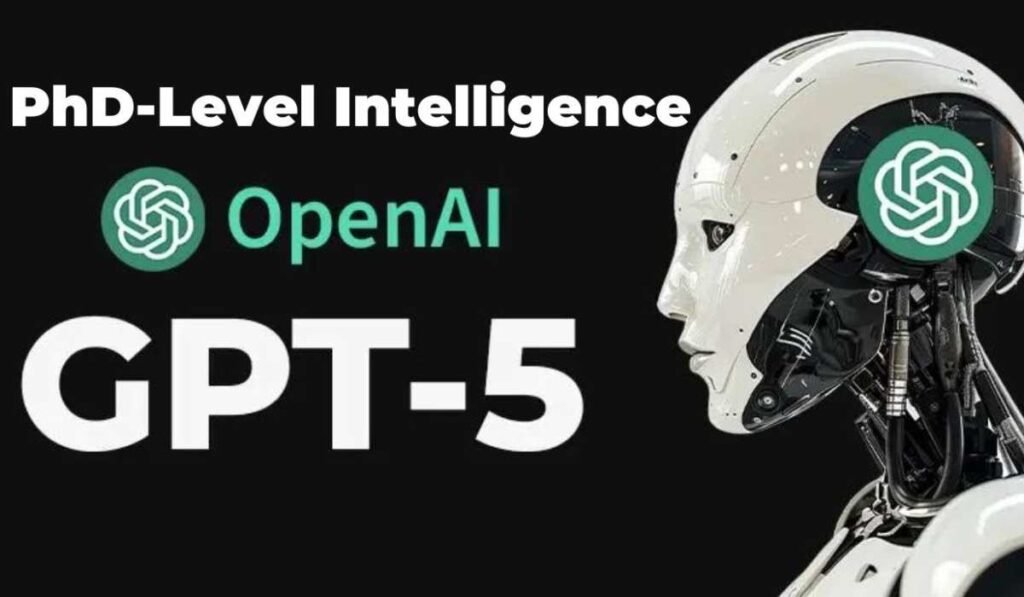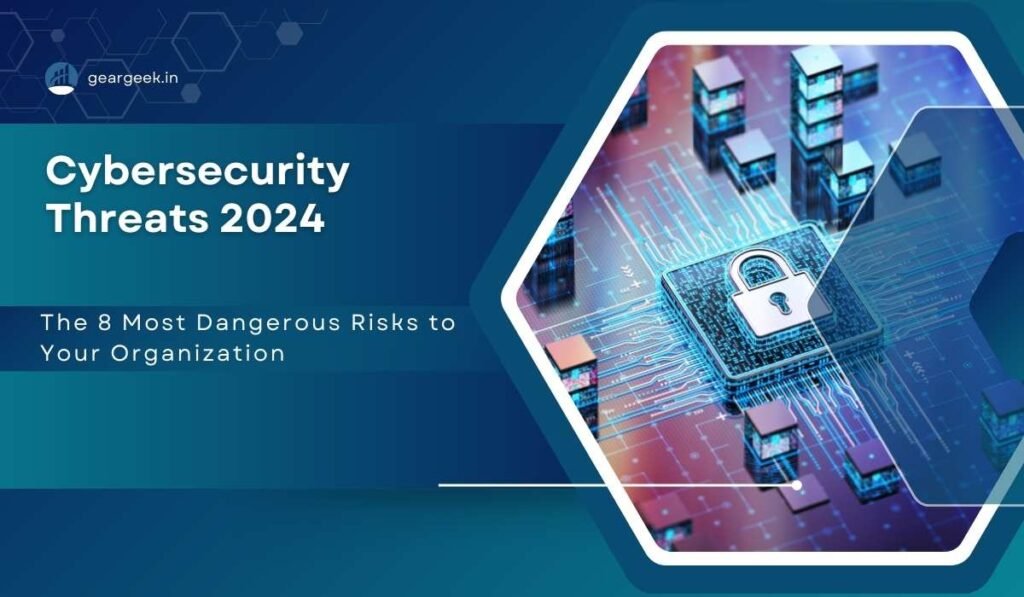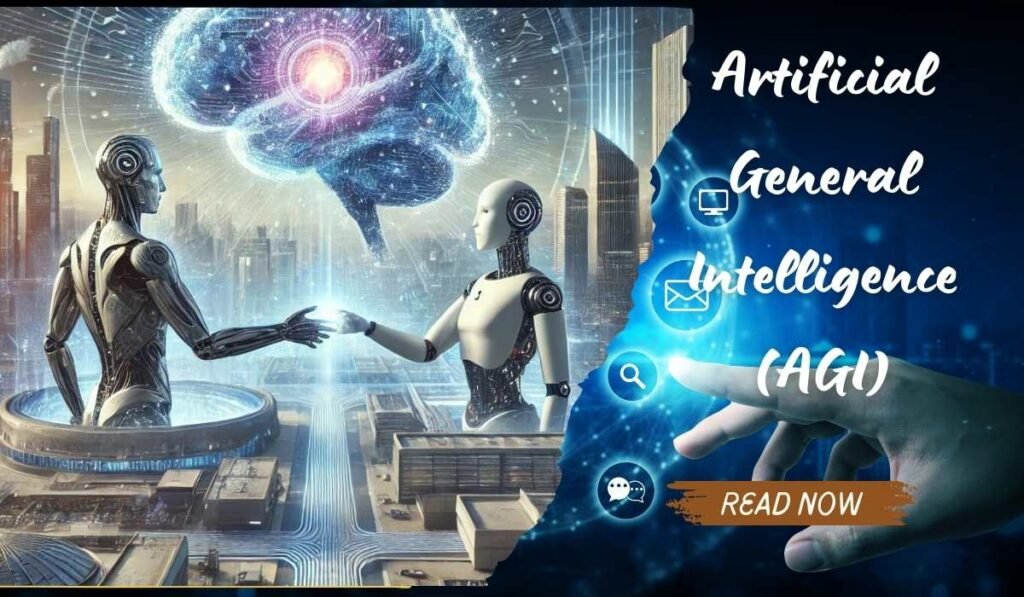Artificial Intelligence is poised to transform our world in ways we can barely imagine. As we approach 2025, the landscape of AI is evolving rapidly, bringing forth innovations that will reshape industries, redefine work, and revolutionize our daily lives. In this article, we’ll explore the five key AI trends that are set to dominate the technological horizon by 2025, and how you can prepare to harness their potential.
1. The Rise of Specialized AI Agents
Imagine having a team of AI experts at your fingertips, each specialized in a specific role or industry. That’s the promise of specialized AI agents, and it’s not as far-fetched as it sounds.
Custom vs. Pre-made Agents
AI agents are evolving into two distinct categories:
- Custom AI Agents: These are fine-tuned for specific business processes, capable of handling complex tasks that require decision-making and adaptability.
- Specialized AI Agents: Pre-made agents trained on general processes for specific roles, offering quick deployment for businesses that need rapid solutions.
Real-World Applications
- Genie AI: A software development agent that outperforms human engineers in certain tasks.
- Harvey AI: Specialized in legal processes, from filings to due diligence.
- Sakana AI: An AI scientist capable of generating ideas and conducting experiments.
How to Prepare
- Utilize OpenAI’s model customization program to develop your own specialized agents.
- Explore combining multiple specialized agents to achieve greater leverage in your work or business.
The advent of specialized AI agents is lowering the barriers to entry in the AI space, much like how Netflix revolutionized movie streaming. This trend will make AI agents more accessible to small and medium-sized businesses, potentially allowing entrepreneurs to start businesses with minimal human employees.
2. The Evolution of Natural Language APIs
The future of human-computer interaction lies in natural language processing, and it’s evolving faster than ever.
Voice-Based Interactions
Tech giants like Apple and Microsoft are pushing the boundaries of voice-based AI interactions:
- Apple’s Siri: Enhanced contextual awareness and natural language understanding.
- Microsoft’s Copilot: Seamless integration of AI across various applications.
API-Based Services
The rise of natural language APIs is opening new doors for developers and businesses:
- Zapier’s AI Actions API: A pioneer in natural language APIs designed for large language models.
- App Intent Domains: Apple’s framework for integrating apps with AI assistants.
How to Prepare
- For developers: Learn about App Intents and integrating apps with large language models.
- For entrepreneurs: Consider developing natural language API-based services.
This trend is set to transform how we create and use apps on our devices, making interactions more intuitive and seamless than ever before.
3. Emerging Architectures: The Future of AI Computing
As AI models grow in complexity, we’re facing a significant challenge: energy consumption. The solution? Revolutionary new computing architectures.
The Energy Dilemma
Current AI models are energy-intensive:
- One ChatGPT query uses 10 times more energy than a Google search.
- Generating an AI image consumes as much power as charging a smartphone.
Thermodynamic Computing: A Game-Changer
Companies like Xtropic are pioneering new approaches to AI computing:
- Efficiency: Projected to be 100 million times more energy-efficient than current systems.
- Speed: 1,000 to 10,000 times faster inference for deterministic neural networks.
How to Prepare
- Keep an eye on companies like Xtropic and their upcoming white papers.
- Start thinking about how ultra-efficient AI could transform your industry or business model.
These emerging architectures could be the key to unlocking AGI (Artificial General Intelligence), potentially bringing the cost of intelligence close to zero and ushering in an era of unprecedented technological abundance.
4. The Dawn of Humanoid Robots
Science fiction is becoming reality as humanoid robots prepare to enter the workforce en masse.
Key Players and Innovations
- FIGUR: Valued at $2.6 billion, with production starting next year and customers like BMW already signed up.
- Tesla, Boston Dynamics, AGI Bot, UniTree: Other major players in the humanoid robot space.
Integration with AI
FIGUR’s partnership with OpenAI showcases the potential of integrating large language models with physical robots:
- Real-time voice and audio processing capabilities.
- Neural network policies translating requests into specific behaviors.
How to Prepare
- Develop skills in training digital AI agents, which could translate to training physical humanoid robots.
- Consider how humanoid robots could be integrated into various industries and business models.
While humanoid robots will undoubtedly displace many jobs, they’ll also create a new job market for those prepared to work alongside and manage these artificial workers.
5. The Regulatory Landscape: Navigating AI Governance
As AI becomes more powerful and pervasive, governments are stepping in to regulate its development and use.
Key Regulatory Developments
- EU AI Act: Regulates models above 10^25 flops.
- US Responsible Advanced AI Act: Focuses on models above 10^26 flops.
- California SB 1047 Bill: Regulates models costing over $100 million to train.
Potential Impact on the AI Industry
- Favors major players with resources to meet safety checks.
- May slow AI development in regulated regions.
- Could potentially decrease funding for AI safety research.
How to Prepare
- Stay informed about regulatory developments in your region.
- Focus on developing ethical and responsible AI applications.
- Consider the regulatory landscape when planning AI-related business ventures.
While regulation may slow some aspects of AI development, it’s crucial for ensuring the safe and responsible advancement of this powerful technology.
Embracing the AI Revolution
As we stand on the brink of 2025, these five AI trends promise to reshape our world in profound ways. From specialized AI agents that can run entire businesses to humanoid robots working alongside us, the future of AI is both exciting and challenging.
To thrive in this new landscape, it’s crucial to stay informed, adapt quickly, and consider how these technologies can be leveraged ethically and responsibly. Whether you’re a developer, entrepreneur, or simply an enthusiast, the AI revolution offers unprecedented opportunities for those willing to embrace it.
Are you ready to be part of this transformative journey? The future of AI is here, and it’s up to us to shape it.
Specialized AI agents are AI systems designed for specific industries or roles, offering tailored solutions for business processes. They can be custom-built for complex tasks or pre-made for rapid deployment.
Custom AI agents are specifically fine-tuned for unique business processes, while specialized AI agents are pre-made and trained on general processes for specific roles, allowing for quicker implementation.
Examples include Genie AI for software development, Harvey AI for legal processes, and Sakana AI as an AI scientist for generating ideas and conducting experiments.
Natural language processing is advancing rapidly, with improvements in voice-based interactions and the development of natural language APIs that enhance the way users and applications interact.
Natural language APIs allow developers to create more intuitive applications by integrating AI capabilities that enhance user interaction. Examples include Zapier's AI Actions API and Apple's App Intent Domains.
Current AI models are highly energy-intensive, consuming significantly more power for tasks like generating images or processing queries. This raises concerns about sustainability and efficiency.
Thermodynamic computing is a new approach to AI computing that promises to be significantly more energy-efficient and faster than current systems, potentially enabling breakthroughs in AI capabilities.
Humanoid robots are set to transform the workforce by performing various tasks alongside humans. This could lead to job displacement in some areas but also create new roles focused on managing and training these robots.
Key regulatory developments include the EU AI Act, the US Responsible Advanced AI Act, and California's SB 1047 Bill, all of which impose regulations on the development and deployment of advanced AI models.
Businesses should stay informed about regulatory changes, focus on ethical and responsible AI development, and consider these regulations when planning AI-related ventures.





